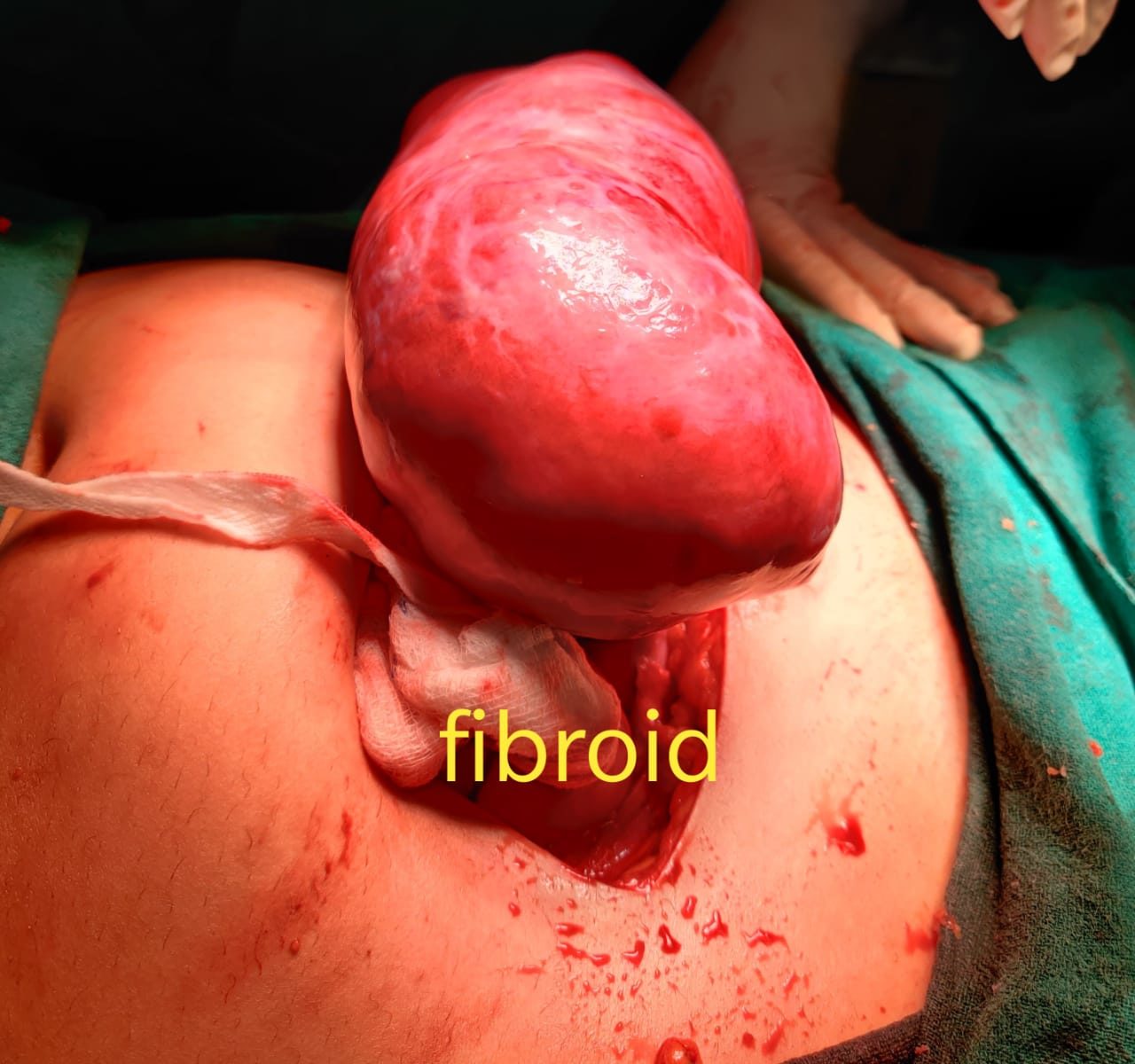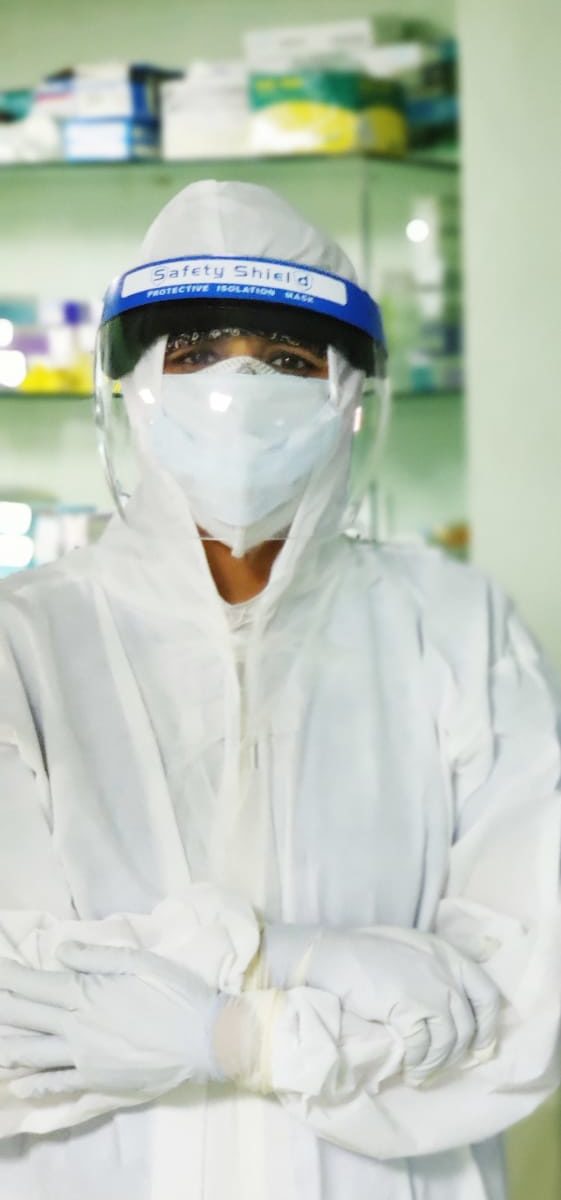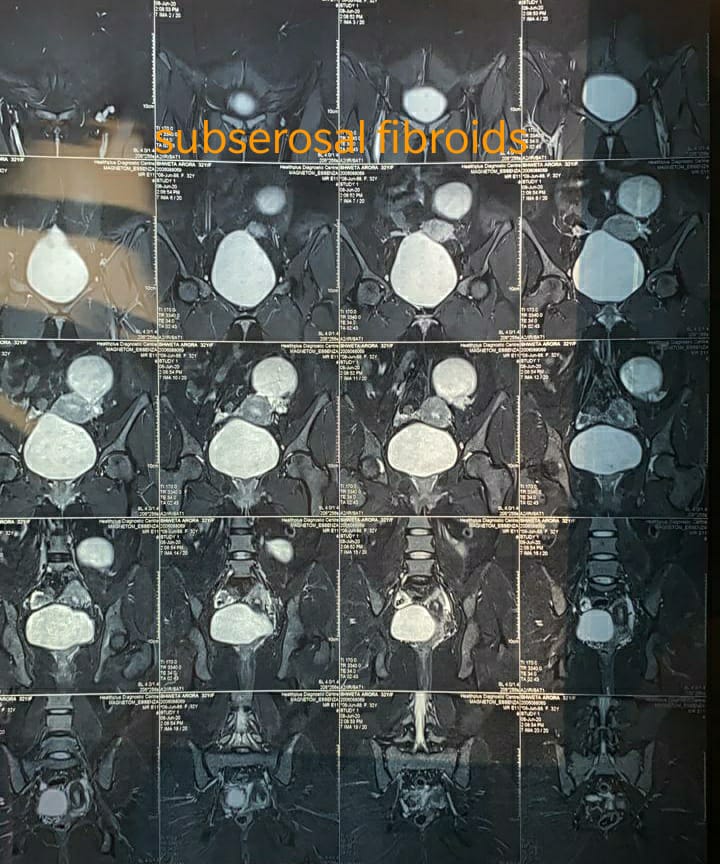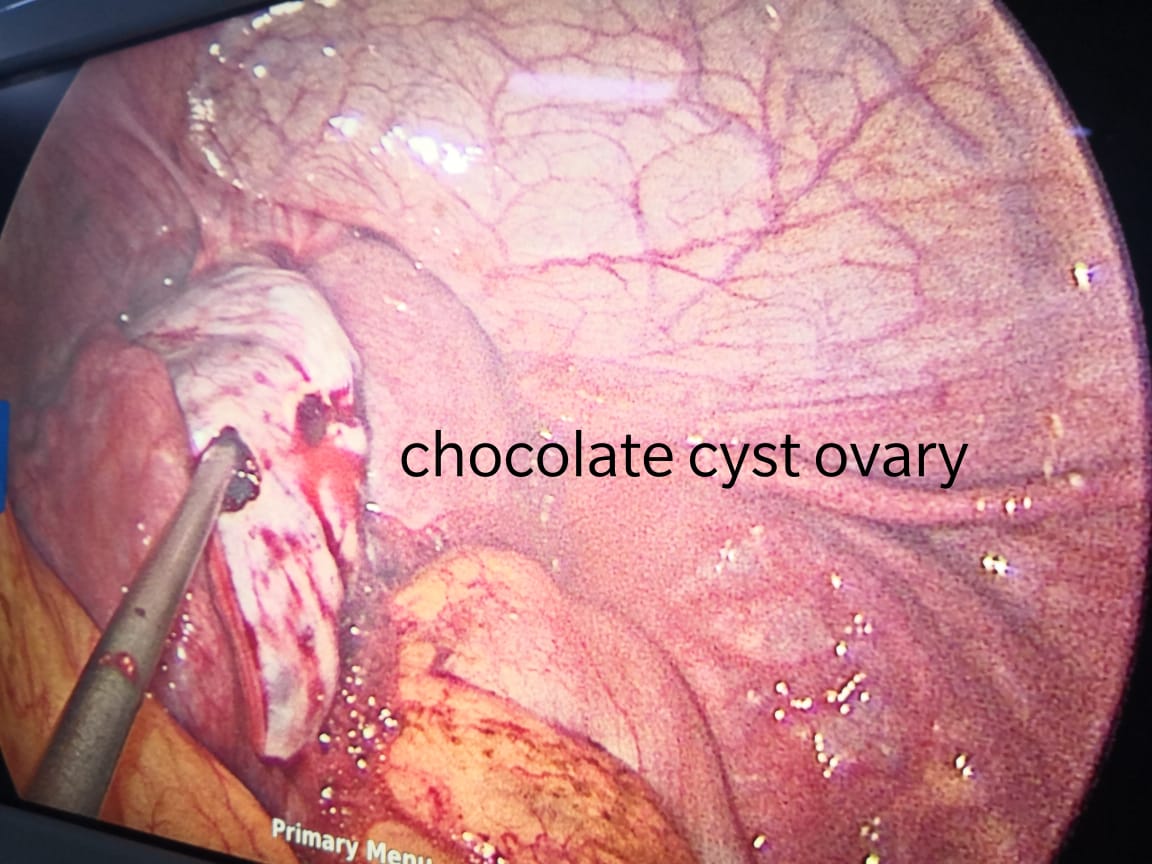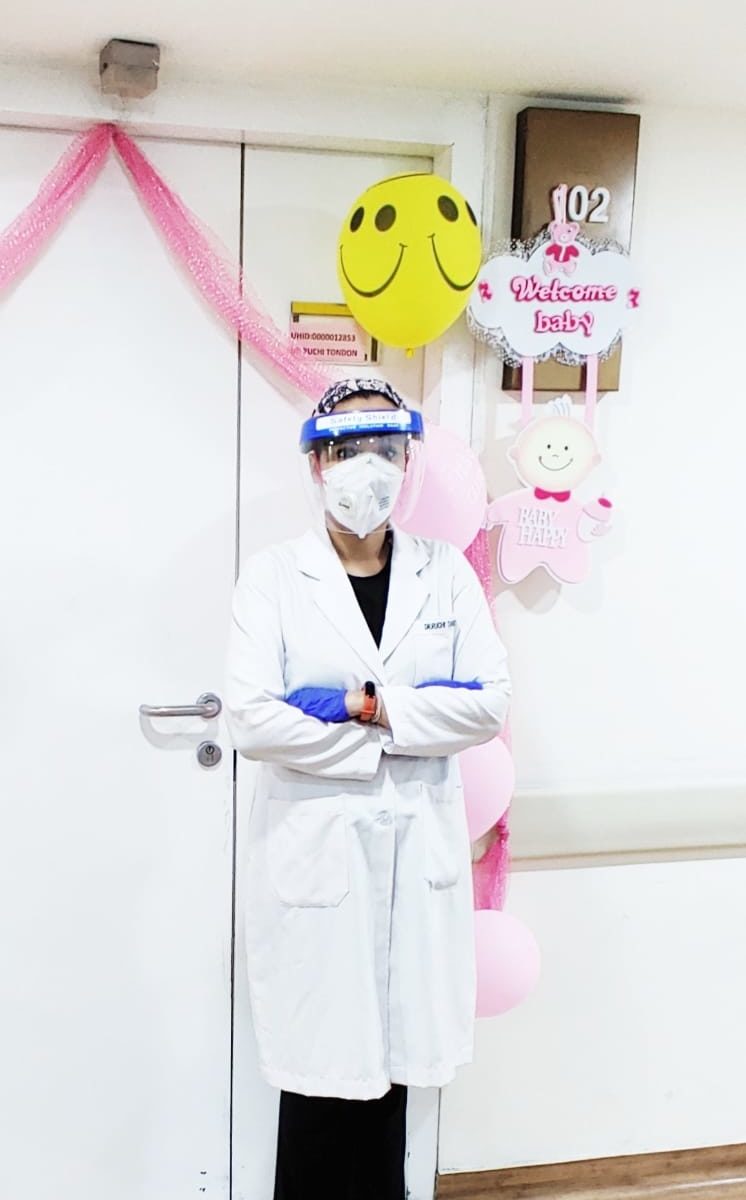Heavy flows and achy cramps can be common experiences when many women have their periods. Periods that prevent you from doing everyday activities aren’t normal.
Each woman’s menstrual flow and cycle are different. It may be hard to know if your period is normal, light, or heavy unless you talk with your doctor.
Women lose an average of 30-40 ml of blood during a period. Women with heavy bleeding may potentially lose up to 80 mL.
Women who do experience abnormally heavy menstrual bleeding may have a condition called menorrhagia.
This condition causes flows so heavy you need to change your tampon or pad every hour. You may also use more than six or seven tampons a day.
This condition can cause anemia and severe cramps. You may also pass blood clots larger than a quarter during your period.
Because measuring your total blood loss is impractical, the best way to know if your period is unusually heavy is to talk with your doctor.
What causes a heavy period?
Several conditions can cause heavy periods. These heavy periods may occur frequently, or they may be more sporadic.
There are several ideas you are able to follow. This can be a basic method which will allow you to immediately write a brief centered educational essay you might use to your own school prerequisites.
There are quite a few essay issues you have to avoid. Here again that is more or less the 2nd most critical point you ought to know about when you start to compose essays. Simply just just as in any essay you write https://papertyper.net/, you’re required to be sure that the intent behind your own essay is extremely apparent. For beginners, if you are needed to compose essays, first you will need to get organized.
The above are just a few of the issues which may be inquired in a admission essay. Classification composition needs to be reasoned by constantly recalling the primary point of your composition. It truly is critical to make sure that the composition is problem -free. Simply like many documents, it is important to examine and recognize the issue and be obvious what you’ve been inquired.
A period that’s suddenly very heavy one month
Ectopic pregnancy
The signs and symptoms of an ectopic pregnancy may be confused with a heavy menstrual period.
This type of pregnancy develops outside your uterus and isn’t sustainable. It can cause severe health issues, including heavy bleeding and severe cramping. Left untreated, an ectopic pregnancy is life threatening.
Miscarriage
During and surrounding a miscarriage, heavy bleeding is common and may be mistaken for a very heavy period.
Non-hormonal intrauterine device (IUD)
Heavy menstrual bleeding is a common side effect of a non-hormonal IUD. After a few months with your IUD, you may find that bleeding becomes less severe.
Medications
Blood thinners can lead to blood flow problems and heavier menstrual flow.
A period that’s heavy on the first day
Many women experience heavier bleeding on the first day of a period and lighter bleeding on the last days. A heavy flow that might get in the way of your normal activities is unusual.
Birth control changes
If you recently stopped using hormonal birth control, your periods may be very heavy in the first days as your cycle adjusts to the hormone changes.
Medication changes
Like birth control, medications you take may interfere with your cycle and lead to heavy bleeding on the first day of your period.
A recurring period that’s heavy and painful
If every period is heavy, painful, and difficult to work around, you may have underlying, long-term issues.
Hormone problem
Your body typically balances progesterone and estrogen, the two hormones that play the biggest roles in menstruation.
Too much estrogen, however, can lead to a thickened uterine lining. This can cause heavy bleeding as the lining is eliminated during your period.
An underactive thyroid gland (hypothyroidism) may also cause heavy or irregular menstrual bleeding
Bleeding disorder
Roughly 10-30% of women with heavy periods have a bleeding disorder, such as von Willebrand disease. These disorders can make it difficult to stop your bleeding.
Uterine polyps
These small growths on the lining of the uterus can make periods heavier.
Uterine fibroids
Fibroids are noncancerous growths of the muscle tissue of the uterus. They can develop on the outside of the uterus, within the wall, or protrude into the cavity or some combination of these.
Certain cancers
Cancer in your uterus, cervix, and ovaries is rarely the sole cause of heavy bleeding, but a heavier period may be a symptom.
Perimenopause
During this transition before menopause, you may experience hormonal changes and unusually heavy bleeding during your period.
Childbirth recovery
After you have a baby, heavy periods aren’t uncommon. These changes may be permanent, or your period may return to a flow similar to what you had before getting pregnant.
Adenomyosis
Adenomyosis is a condition where endometrial tissue encroaches into the muscles of the uterus, causing thickening of the uterine wall and increased pain and bleeding.
Endometriosis
Endometriosis is a disorder in which tissue similar to your endometrial tissue grows outside of your uterine cavity. Symptoms include:
- painful periods
- lower back pain
- heavy menstrual bleeding
When to see your Gynecologist?
If bleeding is so heavy that you must replace a pad or tampon every hour, talk with your doctor.
Likewise, if your period prevents you from doing normal activities because of pain, cramping, and heavy bleeding, it’s time to see your doctor.
During a visit, your doctor may:
- conduct a physical exam
- request your health history
- request that your symptoms be recorded
They may also order a biopsy or imaging tests to look more closely at your uterus.
It’s difficult to know if your period is considered normal or heavy without your doctor’s help. They’ll be your guide in the process of figuring out if an underlying issue is the reason for your heavy periods.
Dr. Ruchi Tandon is a Gynecologist practicing in South Delhi, in leading hospitals, namely, Max Smart superspeciality hospital and Apollo hospitals. She has over 13 years of clinical experience in handling painful and heavy periods.
